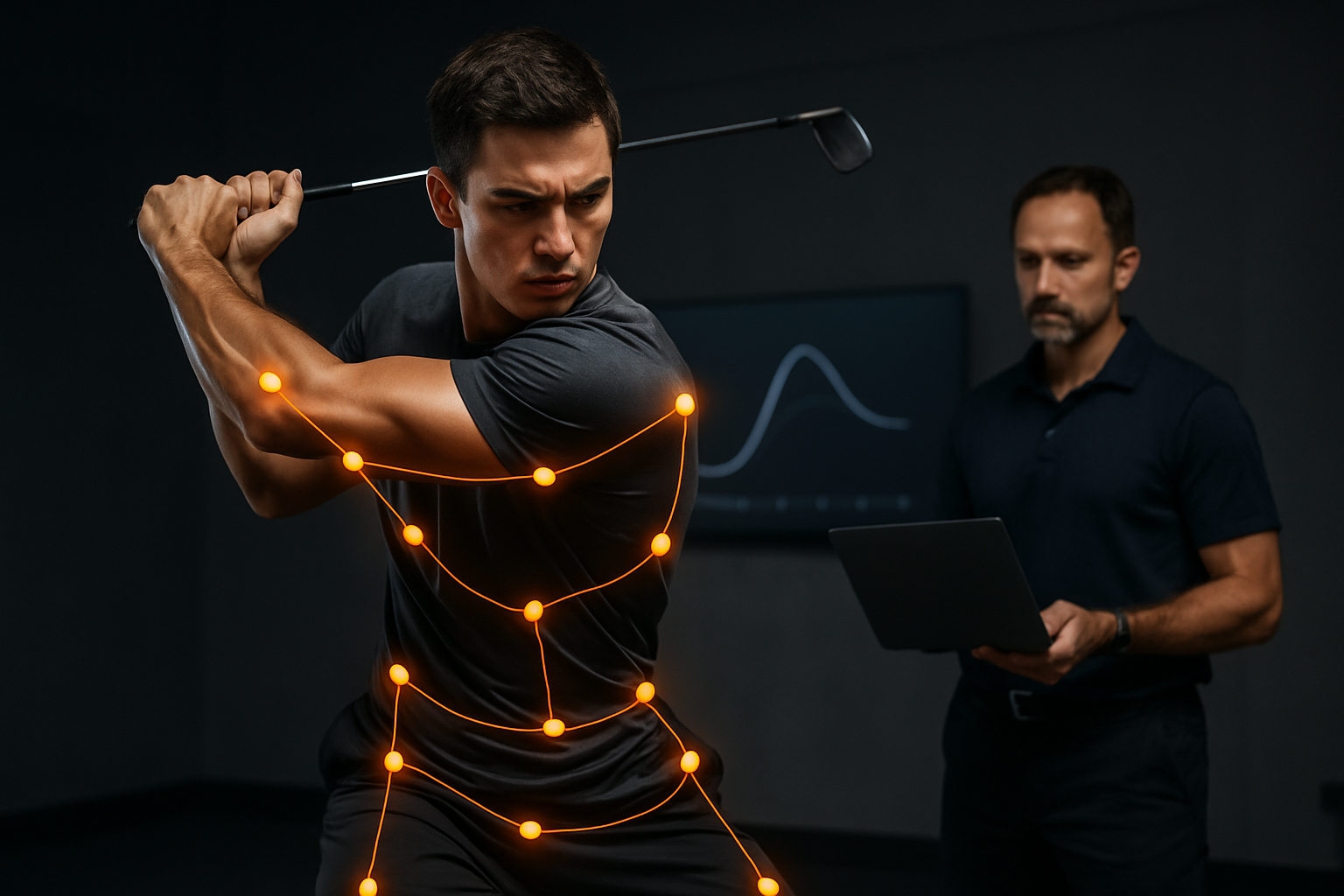Applying performance analytics to reduce on-field injuries
Performance analytics are being used across athlete development to identify injury risk patterns, tailor training load, and improve recovery plans. This article examines how data from wearables, biomechanics, and coaching practices can reduce on-field injuries while supporting conditioning and long-term athlete health.

Teams and practitioners increasingly turn to data to make training and game decisions that reduce on-field injury risk. Performance analytics combine information from wearables, biomechanical assessments, training load metrics, and recovery indicators to reveal patterns that human observation alone can miss. When applied carefully, analytics help inform conditioning plans, adjust practice intensity, and guide return-to-play choices, supporting coaching strategies that aim to keep athletes available and healthy over a season.
This article is for informational purposes only and should not be considered medical advice. Please consult a qualified healthcare professional for personalized guidance and treatment.
How can analytics inform athlete training?
Performance analytics allow coaching staff to quantify training load, session intensity, and cumulative stress on the athlete. By tracking external load (distance, speed, accelerations) alongside internal load (heart rate, perceived exertion), staff can identify weeks where athletes face excessive stress that raises injury risk. Analytics also enable individualized training cycles: youth and senior athletes with differing recovery profiles can receive adapted conditioning volumes to balance adaptation and fatigue. Clear data visualizations help coaching conversations, turning opaque feelings of soreness into actionable training modifications.
What role does biomechanics play in injury prevention?
Biomechanics assessments provide a window into movement quality, which directly affects injury likelihood. Motion-capture, video analysis, and force-plate testing reveal asymmetries, joint-loading patterns, and mechanical weaknesses. When analytics integrate these findings with historical injury and performance data, practitioners can prioritize corrective exercises and conditioning that target specific deficits. For example, altered landing mechanics or hip weakness identified through biomechanics can lead to tailored strength and neuromuscular training to reduce the chance of recurrent injuries during events or matches.
How do wearables support conditioning and recovery?
Wearables supply continuous data on workload, sleep, heart-rate variability, and other recovery markers. Analytics platforms process this stream to flag deviations from baseline that suggest incomplete recovery or heightened injury risk. Conditioning programs informed by wearables can adjust intensity and volume in real time—lowering sprint counts after poor sleep or increasing recovery sessions when variability drops. For youth athletes, wearables must be used with age-appropriate thresholds; analytics should respect developmental differences when recommending conditioning or training reductions.
How should coaching use performance data?
Coaching integrates analytics into decision-making without ceding all judgment to dashboards. Data should be presented as context-rich insights: training trends, recent fatigue markers, and biomechanics flags that explain the ‘why’ behind a recommendation. Effective coaching uses analytics to plan progressive overload, schedule recovery blocks, and make substitution choices during events. Collaboration between coaches, sports scientists, and medical staff creates a checks-and-balances system where analytics inform practice design and return-to-play protocols rather than dictate unilateral decisions.
How do nutrition and recovery influence injury risk?
Nutrition and recovery metrics are essential variables in any analytics-driven injury prevention program. Inadequate fueling or poor sleep can impair tissue repair and increase susceptibility to strains and soft-tissue injuries. Analytics that combine dietary logs, hydration status, and recovery indicators such as heart-rate variability provide a fuller picture of an athlete’s readiness. Conditioning and rehab plans aligned with nutrition strategies—timed protein intake, carbohydrate periodization around events, and targeted supplementation where evidence supports—can reduce recovery time and lower repeated injury risk.
How do fandom, events, and streaming affect athlete risk management?
External pressures—packed schedules, travel for events, and heightened scrutiny from fans and streaming audiences—can compound stress and affect recovery. Analytics help teams manage these factors by modeling travel fatigue, predicting performance dips after congested fixtures, and planning rotation to preserve athlete availability. Understanding the load implications of broadcast-driven schedules or dense event calendars supports pragmatic conditioning and recovery planning, protecting athletes from preventable injuries across competitive cycles.
Conclusion
Applying performance analytics to reduce on-field injuries requires a multidisciplinary approach that blends data from wearables, biomechanics, nutrition, and coaching insights. Analytics are a tool to personalize training, optimize conditioning, and support safer return-to-play decisions, but they work best when integrated into collaborative workflows that include medical and performance staff. With careful implementation and respect for individual variability—especially among youth athletes—analytics can contribute to fewer injuries and more sustainable athlete careers.





